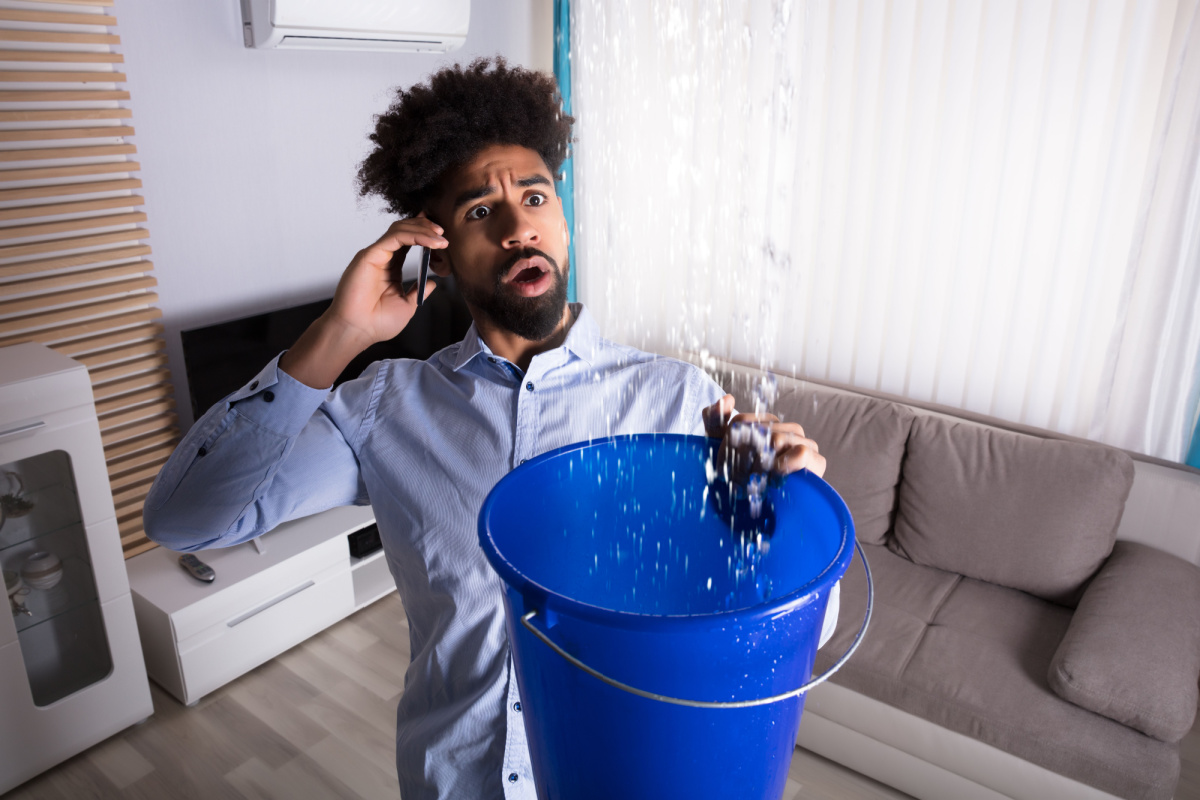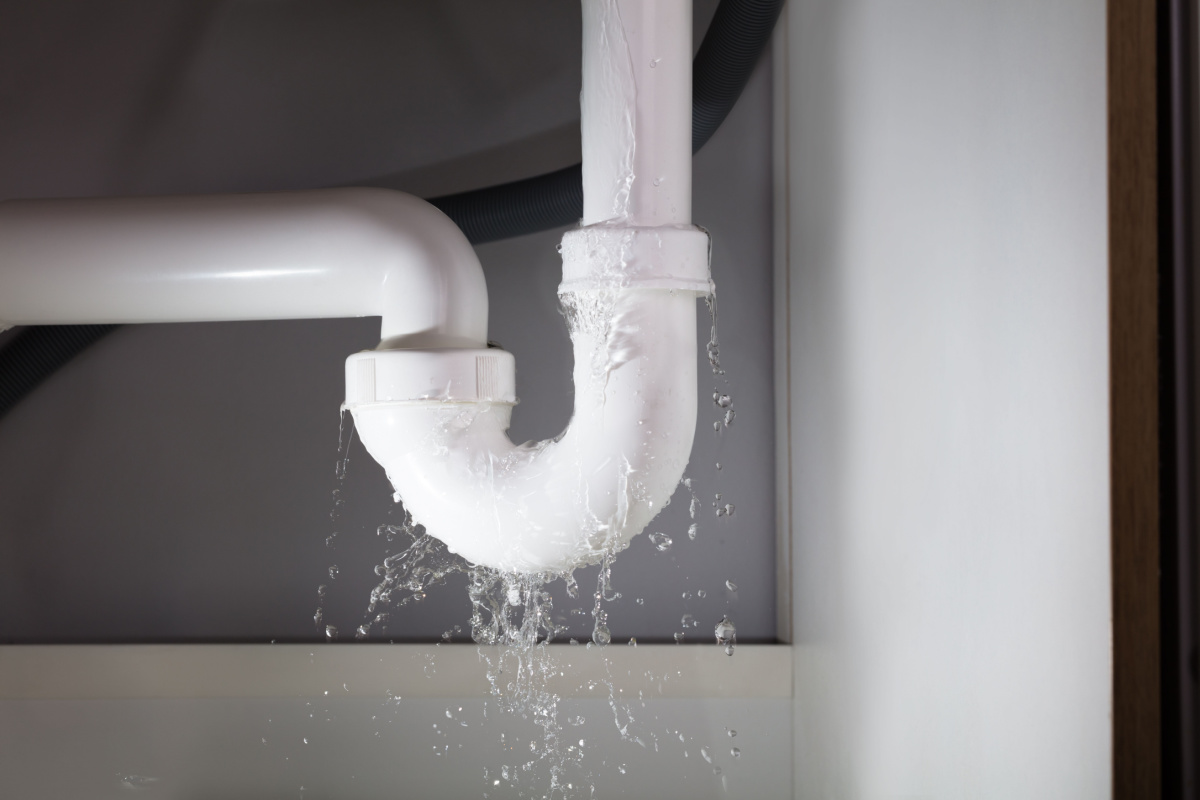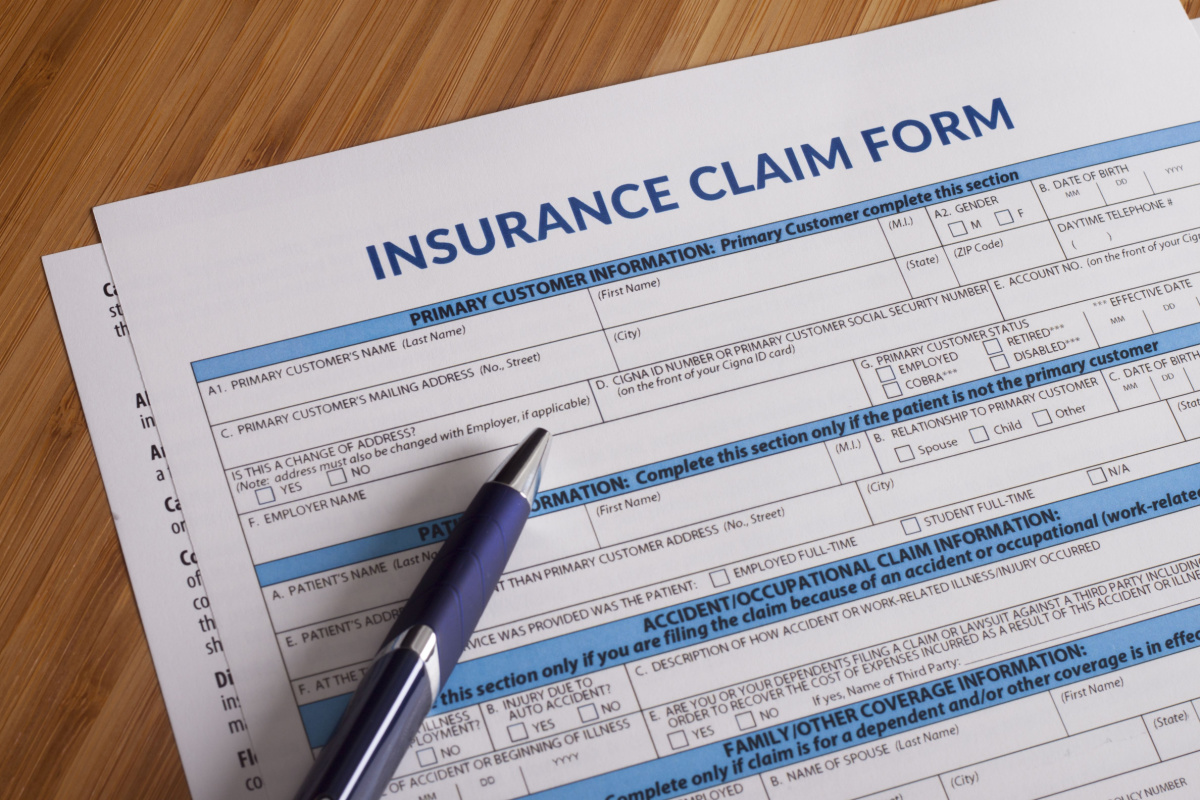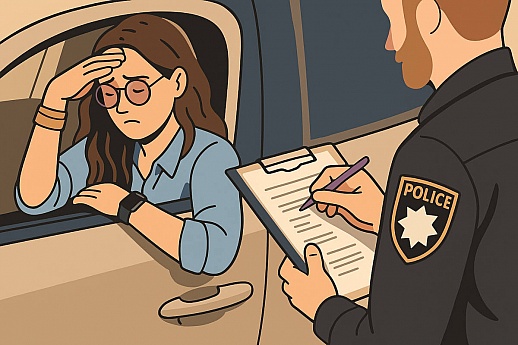Homeowners' Guide to Water Damage Insurance
Picture this: You return home after a long day, only to discover water creeping through your ceiling or flooding your basement. It's a homeowner's nightmare that can happen when you least expect it.
But fear not! In this comprehensive guide, we'll dive deep into the world of water damage insurance coverage. We'll explore what it truly encompasses and equip you with the knowledge to confidently navigate the often perplexing claims process.
Does Homeowners' Insurance Cover Water Damage?
Homeowners' insurance serves as a potential lifeline when faced with the aftermath of water damage. However, the coverage you receive hinges upon the origin of the damage itself.
Within the realm of homeowners' insurance, coverage for water damage extends to a variety of scenarios, ranging from sudden and unforeseen events to more gradual occurrences. Examples of such events include accidental leaks from plumbing systems or household appliances, as well as damage arising from sudden bursts in pipes.
Instances where water damage results from unexpected factors like a broken window, a compromised roof due to heavy rainfall, or other unforeseen incidents tend to be eligible for coverage under homeowners' insurance policies.

It's worth noting that not all types of water damage fall under the purview of homeowners' insurance. Gradual leaks, maintenance-related issues, and flooding caused by external natural forces usually lie outside the protective confines of standard policies.
For example, if water damage occurs due to a slow and ongoing leak that could have been addressed through regular maintenance, it might not be covered. Additionally, damage arising from flooding, such as when a nearby river overflows or heavy rains inundate your property, generally necessitates separate flood insurance.
Types of Water Damage Covered by Home Insurance
Water damage covered by home insurance is classified into different types, each with distinct coverage considerations. Here are some key scenarios where your home insurance may offer coverage:
Accidental Leaks from Plumbing and Appliances
Home insurance often includes coverage for accidental leaks originating from your plumbing system or household appliances. These leaks could stem from burst pipes, malfunctioning washing machines, dishwashers, or other appliances. Such incidents can cause substantial damage if left unattended, leading to not only structural issues but potential damage to your belongings as well.
Damage Caused by a Sudden, Unexpected Event
If you experience a sudden and unexpected event like a burst pipe, your home insurance is more likely to cover the resulting water damage. Burst pipes can wreak havoc in a short span of time, causing water to inundate your home and leading to costly repairs. The swiftness and severity of such incidents make them prime candidates for coverage under your insurance policy.
Damage from Incidents like Leaking Roofs, Broken Windows, or Rain-Related Issues
Home insurance can also extend its protective umbrella to include damage arising from various incidents related to water entry. For instance, if a storm causes a tree to crash through your roof, allowing rainwater to infiltrate your home, the resulting damage may be eligible for coverage. Similarly, if a window is shattered during a storm, allowing rainwater to enter and cause harm, your insurance might help cover the costs of repair.
Rain-related issues, such as water seeping in due to a compromised roof, damaged siding, or faulty gutters, can be addressed by your insurance if the cause of the damage is sudden and unanticipated. However, remember that claims might be subject to an assessment to determine whether the damage could have been prevented through regular maintenance.
Types of Water Damage Not Covered by Home Insurance
While home insurance offers valuable protection against many water-related perils, certain types of water damage fall outside its coverage scope. Being aware of these exclusions helps homeowners better understand their insurance limitations and purchase add-on coverage. Here are notable instances where home insurance typically does not provide coverage:
Gradual Leaks or Maintenance-Related Issues
Home insurance typically does not extend to cover damage resulting from gradual leaks or ongoing maintenance-related issues.

For instance, if a slow leak in your plumbing system goes undetected for an extended period, causing damage to your walls, floors, or belongings, the resulting costs might not be covered. Homeowners’ insurance companies generally expect homeowners to promptly address and mitigate such maintenance concerns to prevent extensive damage.
Flooding Caused by Natural Disasters
Home insurance generally does not cover flooding caused by natural disasters such as heavy rainfall, overflowing rivers, or flash floods. To secure coverage for these scenarios, homeowners need to purchase separate flood insurance policies at an extra cost. Flood insurance is distinct from standard home insurance and is specifically designed to provide financial protection in cases of flooding.
How To File a Successful Water Damage Insurance Claim
The water damage insurance claim process needs a systematic approach to ensure a successful outcome. To maximize the chances of your claim being approved, meticulous attention to detail and adherence to essential guidelines are crucial.
Tip 1: Act Quickly
As soon as you discover water damage, take immediate steps to mitigate it and prevent further damage.
Swift action in the aftermath of water damage is of paramount importance. Address the source of the water intrusion, such as turning off the main water supply or fixing a leaking pipe, to prevent additional damage. This proactive approach demonstrates your commitment to minimizing losses and reinforces your eligibility for coverage.
Contact your insurance company promptly to report the incident.
Once you've taken initial steps to mitigate the damage, promptly contact your insurance company to report the incident. Many policies have specific timeframes within which you must report a claim. Having the incident documented early helps expedite the claims process and ensures that you don't miss any deadlines.
Tip 2: Document Extensively
Document the damage through photographs and written descriptions.
Thorough documentation is the cornerstone of a successful claim. Take clear photographs of the affected areas, showcasing the extent of the damage. Additionally, provide written descriptions that detail the events leading to the damage, the affected items or structures, and any actions you've taken to mitigate the situation. This documentation serves as tangible evidence for your claim.
Keep records of communication with the insurance company and contractors.

Maintain a comprehensive record of all communications related to your claim. This includes conversations with your insurance adjuster, agents, and any contractors involved in the restoration process. Document dates, times, names of individuals spoken to, and the content of the discussions. This record serves as a valuable reference and helps avoid any misunderstandings throughout the claims process.
Tip 3: Maintain Ongoing Communication
Maintaining consistent communication with your insurance provider is always helpful throughout the claims process.
- Follow-Up Promptly: After reporting the initial incident, make sure to follow up with your insurance company as needed. Inquire about the status of your claim and ask for estimated timelines for assessment and resolution.
- Provide Additional Information: Be prepared to provide any additional documentation or information requested by your insurance company promptly. This might include invoices from contractors, receipts for temporary accommodations, or other supporting evidence.
- Collaborate with Adjusters: Work closely with the insurance adjuster assigned to your claim. They will assess the damage, estimate repair costs, and determine coverage. Be available for site visits and provide access to affected areas as required.
- Keep Detailed Records: Continue to keep detailed records of all interactions and communications with your insurance provider. Note any agreements, promises, or commitments made by the insurer, as these can be key in case of disputes.
- Be Patient and Persistent: The claims process may take time, and you might encounter delays or challenges along the way. Stay patient but persistent in following up on your claim's progress. If you encounter difficulties, don't hesitate to escalate the issue with the insurance company.
Bottom Line
Home insurance for water damage insurance can be a safeguard for many, helping mitigate the financial burden of unexpected damage. Knowing the types of coverage, claim-filing tips, and common scenarios can empower homeowners to navigate water damage incidents with confidence. Always review your policy and consult your insurance provider to fully understand your coverage.
Water Damage Insurance FAQ
Clearing up common queries about water damage insurance can shed light on coverage scenarios, helping homeowners make informed decisions.
Does Renters' Insurance Cover Water Damage?
Renters' insurance primarily safeguards personal belongings against water damage, but it usually doesn't extend to structural harm to the rented property. If a pipe bursts and damages your furniture, your renters' insurance quote might cover the cost of replacing the items but not the repairs to the building itself.
It is worth noting that the landlord will have a policy that covers the structure itself. It would be the landlord’s responsibility to report any damage to the physical property to their insurance provider. However, it is still your responsibility to report water damage promptly to the landlord. If you do not report it, you could be liable for the damage and resulting fees.
How Much Does Insurance Pay for Water Damage?
How much insurance pays for water damage varies based on factors like policy limits, deductibles, and the extent of the damage. Your policy documentation outlines the specifics of how your insurance handles payouts. Review your policy and consult with your insurance provider for a clear understanding of potential reimbursement.
Factors to consider:
- Policy Limits: The maximum amount your insurance policy will pay for water damage is often referred to as the policy limit. Policy limits can range widely, from a few thousand dollars to tens of thousands or more, depending on the level of coverage you have chosen.
- Deductibles: A deductible is the portion of the claim you're responsible for before insurance coverage kicks in. Deductibles can range from a few hundred dollars to over a thousand dollars. For example, if your deductible is $500 and the total repair cost is $1,500, you would pay the first $500, and your insurance would cover the remaining $1,000.
- Extent of Damage: The severity of the water damage plays a significant role in determining the payout. Insurance adjusters will assess the extent of the damage and the costs associated with repairs, including structural repairs, restoring damaged items, and addressing any mold or secondary damage.
- Cause of Damage: Different causes of water damage might be treated differently by insurance. Sudden and accidental events, like burst pipes due to freezing temperatures, may have higher coverage than damage resulting from gradual leaks due to inadequate maintenance.
- Type of Coverage: The type of coverage you have, whether it's basic or more comprehensive, will influence the payouts. Comprehensive coverage tends to provide higher limits and broader coverage.
- Exclusions: Review your policy for any specific exclusions related to water damage. Certain scenarios or types of water damage might not be covered at all.
Does Home Insurance Cover Mold From Water Damage?
Home insurance might cover mold remediation if the mold is a direct result of a covered water damage event. However, mold issues arising from inadequate maintenance or gradual leaks might not be covered. Policies vary, so carefully review your insurance terms to understand how mold-related claims are handled.
Will Insurance Cover Hidden Water Damage?
Typically, hidden water damage stemming from a covered event is eligible for coverage. However, the specifics can vary based on the terms of your policy. While insurance usually addresses concealed damage, it's important to understand your policy's wording and any potential limitations.
Is Water Damage from a Leaking Roof Covered by Insurance?
In many cases, water damage caused by a leaking roof is covered. However, the coverage may hinge on factors like the cause of the leak and the extent of the damage. If the leak is sudden and accidental, such as due to storm damage, it's more likely to be covered.
Is a Leaking Toilet Covered by Insurance?
Damage from a leaking toilet might be covered if it's due to a sudden and accidental event. For instance, if a pipe suddenly bursts and causes water damage, your insurance might cover the resulting costs. However, gradual leaks or maintenance-related issues might not be covered under your policy.
Sources
- USA Today. “What does an insurance claims adjuster do?” Accessed Sept. 26, 2023.
- Service Master Restore. “How to detect water damage: 10 warning signs you can’t ignore.” Accessed Sept. 26, 2023.
- Property Restoration. “Understanding the 3 Types of Water Damage.” Accessed Sept. 26, 2023.
- Credible. “Water Damage Insurance Claims: What’s Covered and What’s Not?” Accessed Sept. 26, 2023.



